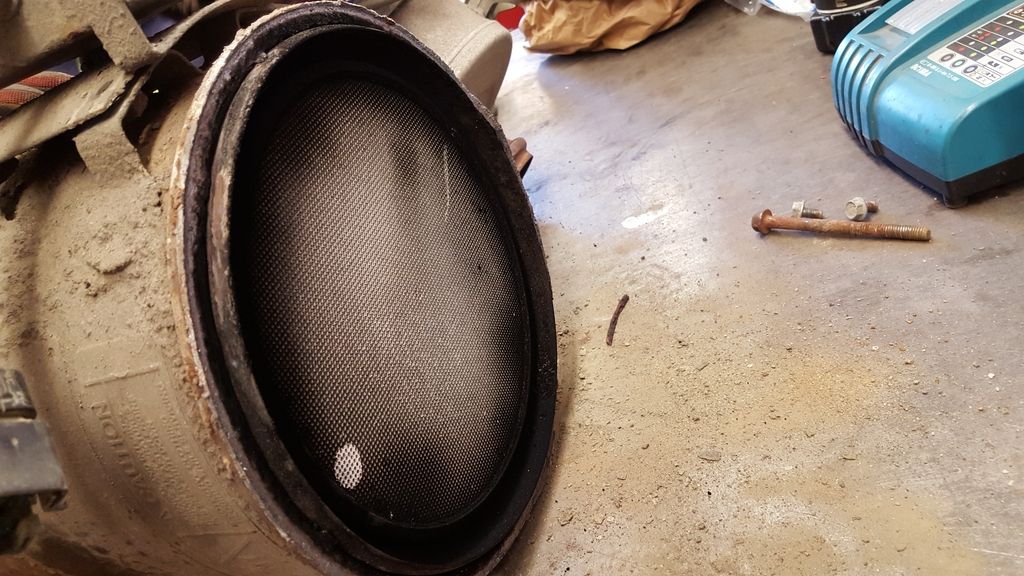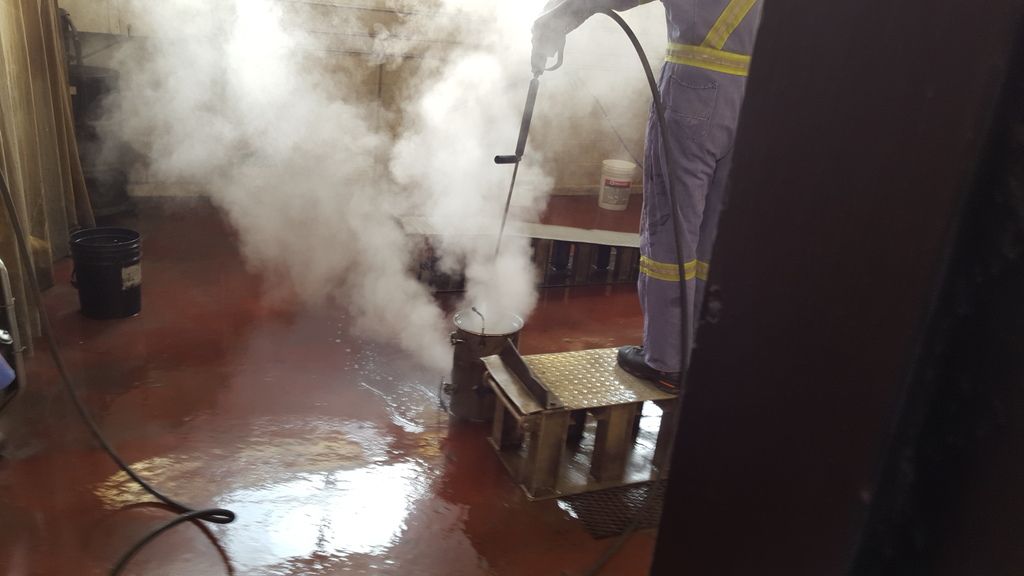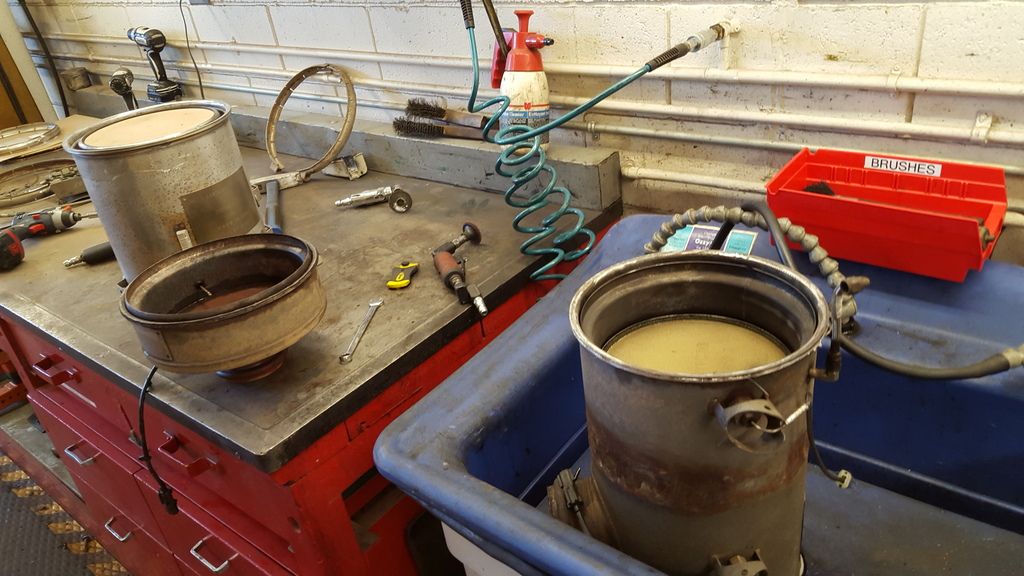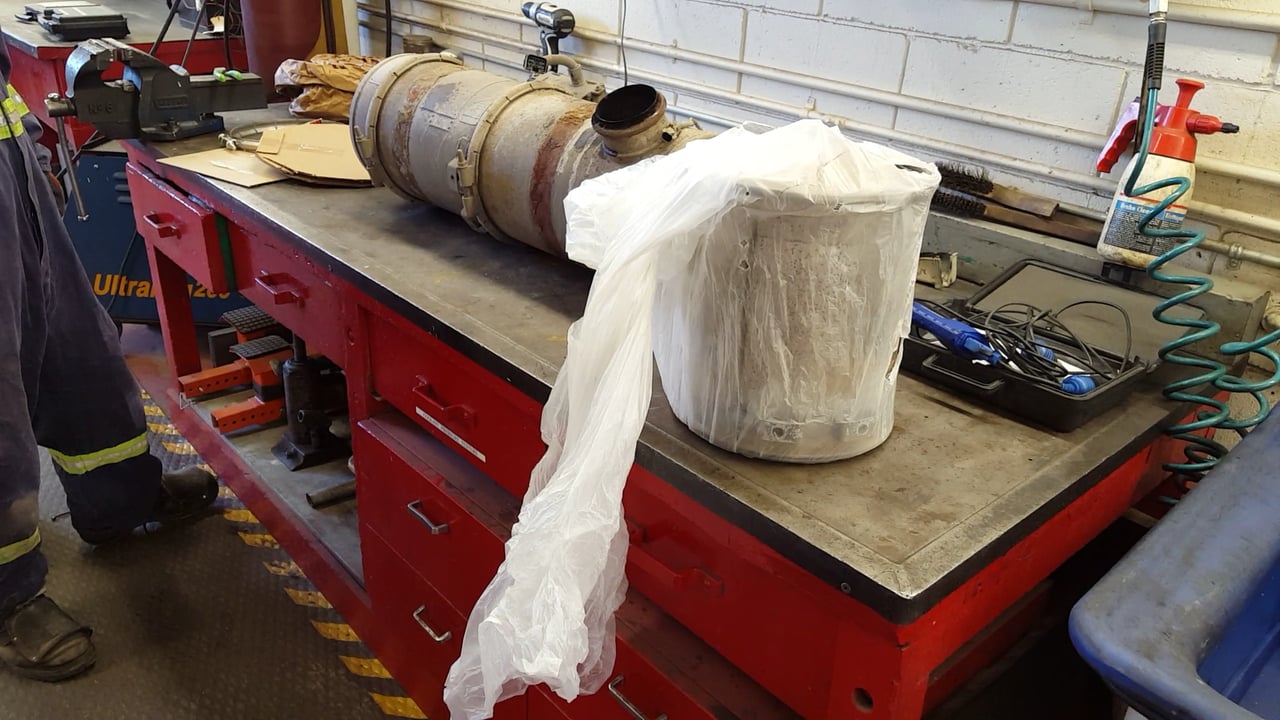 If you have ever worked on a diesel engine with emissions you’ll recognize the part featured in the photo. It’s a sooted up DPF (diesel particulate filter) cartridge. This one was giving us some trouble with an engine code that pops up when the turbo boost is not at the proper level. The cause of this code 2631 is a faulty sensor, restrictions in the air or exhaust system or anything that restricts flow or leaks flow to the atmosphere.
If you have ever worked on a diesel engine with emissions you’ll recognize the part featured in the photo. It’s a sooted up DPF (diesel particulate filter) cartridge. This one was giving us some trouble with an engine code that pops up when the turbo boost is not at the proper level. The cause of this code 2631 is a faulty sensor, restrictions in the air or exhaust system or anything that restricts flow or leaks flow to the atmosphere.
More often than not the soot that travels through both of these systems attachs itself to anything along the way out to the DPF which is supposed to capture the soot and ash and melt it down during the regeneration process expelling it to the atmosphere cleaner than when it first entered the diesel particulate filter.
The filter goes through an extreme high temperature caused by a restricted air flow compliments of the air intake valve and the doser injector feeding diesel fuel downstream to the DOC (diesel oxidation catalyst) located at the inlet of the DPF assembly that creates the chemical reaction to reduce oxides of nitrogen.

We have changed boost sensors, EGR valves, charge air coolers and even removed the intake manifold for cleaning to get rid of the soot build up. It’s a tedious endeavor to say the least. If you have the engine software it can help you determine without a doubt if the DPF is plugged up. This DPF is out of a Mercedes MBE 900 diesel engine that was coding while climbing a hill and even coasting. The engine would derate for several minutes and finally go back to regular power. In other words a big pain in the butt.
The Mercedes electronic software is very good and remarkably we have not had any issues with it. These engines are no longer manufactured by Mercedes so we are hoping the support and parts will stick around for some time. Our buses have a life span of 12 years or 350,000 km on the 70 passenger buses and 15 years 425,000 km on the pusher 84 passenger buses. This is what the government expects from the fleet before giving us funding to buy new buses.

Using the software you can take the bus in question up a good grade and read the differential pressure of the inlet and outlet of the DPF. If the pressure is a 3 psi difference or more (according to the dealer recommendations) it’s time for a DPF cleaning or replacement. The reman units are more expensive but are available immediately from the supplier reducing down time. The re and re is straight forward with a replacement sealing gasket and the removal of a couple of clamps. The rest of the filter namely the D.O.C which is a permanent part of the assembly can be steam cleaned.







